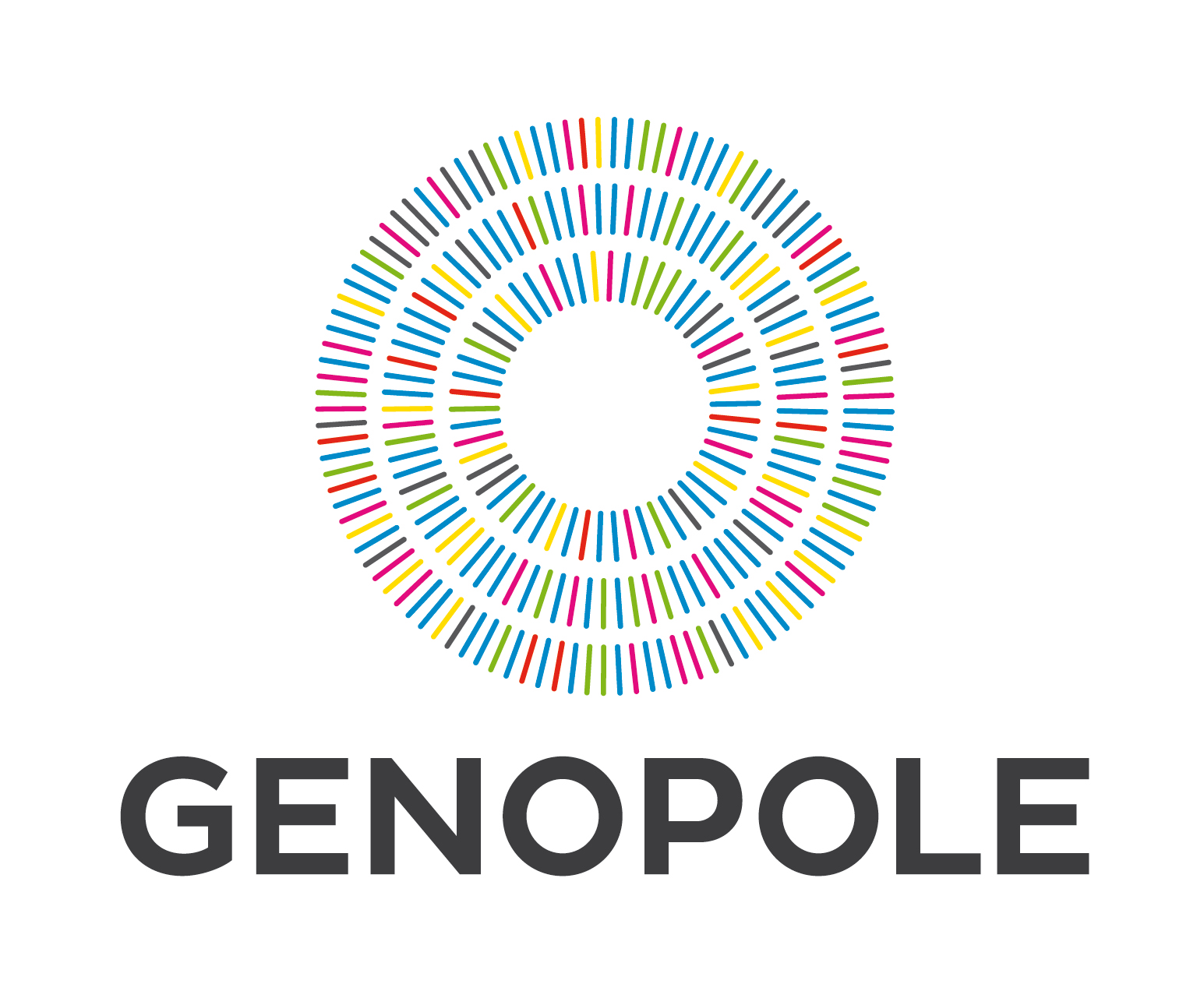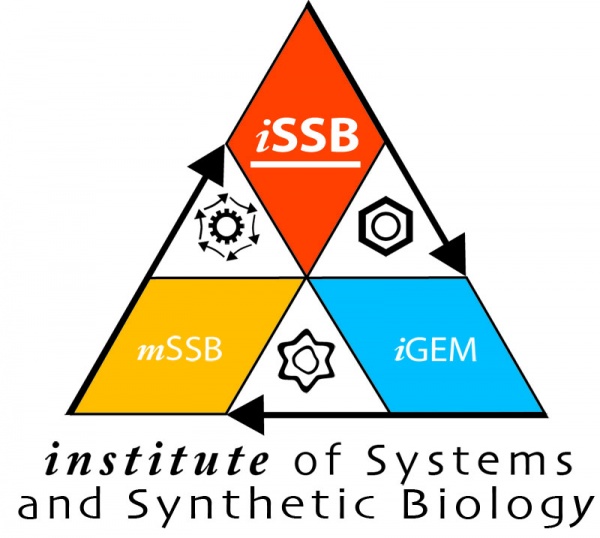Team:Evry/Project diseases
From 2013.igem.org
Related diseases
Hemochromatosis
Overview
Hemochromatosis is an autosomal recessive disorder responsible for an abnormal iron overload in blood. As a consequence, the organism starts to stock the iron in many tissues and organs like the heart, the liver and the pancreas. This accumulation of iron leads to cellular damage as well as chronic insufficiencies. Hemochromatosis affects 2 200 000 persons in Europe and 2 000 000 in the US.
Physiology & Genetics
There are different types of hemochromatosis but the most common is the type I which represents 95% of the cases. This type of hemochromatosis is due to homozygous mutations in the High Fe Gene (HFE) like the C282Y or the H63D mutations.

HFE gene normally encodes a protein which interacts and forms a complex with other proteins on cells surface in order to sense the iron concentration in the organism. In doing so, the HFE protein then activates the production of a molecule called hepcidin when needed. The hepcidin, which is a key iron regulatory hormone, inhibits the dietary iron assimilation occuring in the duodenum by inducing the degradation of the iron exporter - the ferroportin. In the end, the interaction between the HFE protein and hepcidin allows a tight regulation of the iron homeostasis by the organism.
In case of type I hemochromatosis, the HFE protein is altered and cannot upregulate the hepcidin. As a consequence, the body keeps absorbing massive amount of iron. Indeed, a patient suffering from hemochromatosis assimilates everyday four times more iron than normal : 5-8 mg instead of the usual 1-2 mg.
Consequences
As explained, iron gradually accumulates in the organism of patients with hemochromatosis, unoticed, until clinical signs like chronic fatigue and joint pain appear around 35-40 years old. Because of this type of early symptomps, hemochromatosis is often misdiagnosed but if left untreated, it can causes many life-threatening conditions like heart failure, diabetes or liver cancer.
Treatment

Nowadays, the only way to treat hemochromatosis is by therapeutic blood removal, also known as phlebotomy. Up to 500 mL of blood can be removed and a person with severe iron overload may have to give blood eight times a month. Although effective, this treatment is invasive and has major impacts on a patient’s life. Indeed, some people hardly tolerate it and suffer from it as it causes huge fatigues. What is more, regular phlebotomies are time consuming and complicated professional and private life of patients.
That is why we wanted to create our Iron Coli as it will allow patients to live a more regular life style, significantly decreasing the frequency of blood removal needed. Our project represents an innovative and life-changing alternative treatment for person with hemochromatosis.
 "
"













